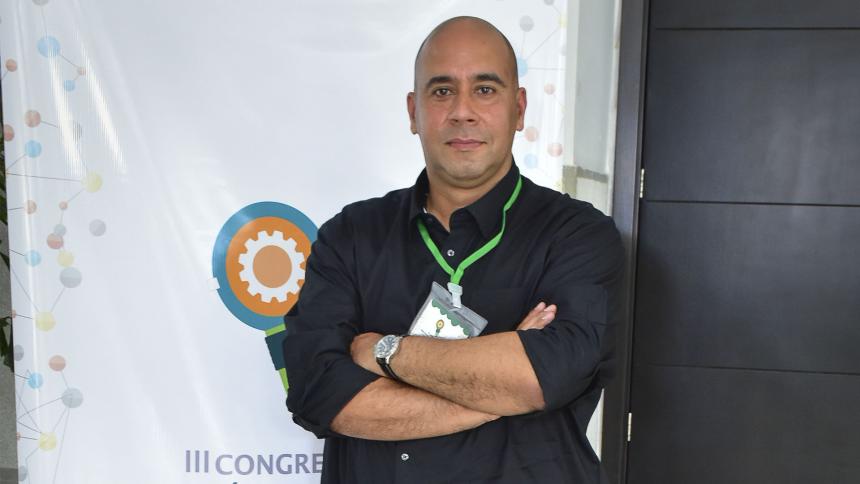Talk: Territorial energy planning - TEP
- Javier Trespalacios

- May 20, 2015
- 2 min read
On May 14, 2015, the Universidad del Norte in Barranquilla, Colombia, hosted a pivotal conference on sustainable urban development, led by engineer Javier Trespalacios. The event, titled "territorial energy planning (PET)," presented a comprehensive approach to energy challenges in tropical cities, focusing on bioclimatic architecture and regional energy planning.
An integrated vision of the energy system
Trespalacios emphasized the importance of moving beyond isolated building analyses to consider the energy system as a whole. The PET approach advocates for strategies that address not only individual household consumption but also the distribution and interaction of renewable energy sources—such as solar, wind, and biomass—across the territory. This holistic perspective is particularly crucial in warm regions where air conditioning significantly impacts both electrical infrastructure and the environment.
Fundamentals of Tropical Bioclimatic Architecture
The first part of the talk was dedicated to how intelligent design can drastically reduce the need for air conditioning:
Cross and passive ventilation: Trespalacios explained how to orient openings and design ducts that take advantage of prevailing breezes to cool interior spaces without electrical consumption.
High thermal inertia materials: He analyzed the use of blocks, Trombe walls, and coatings that retain daytime heat and release it at night, balancing temperature variations.
Strategic shading: He detailed solutions using eaves, lattices, and pergolas that protect glass surfaces from direct radiation, reducing heat gain and improving natural lighting.
Combined, these techniques allow maintaining constant thermal comfort, reducing electricity bills and environmental footprint.
Keys to Territorial Energy Planning
In the second part, Trespalacios broke down the three pillars of TEP:
Energy diagnosis and mapping: Development of supply maps (solar, wind, biomass) and demand by sectors: residential, commercial, industrial, and institutional.
Scenario simulation: Use of computer tools to project demand evolution and evaluate renewable integration according to different urban growth patterns and climate change.
Policies and governance: Proposing tax incentives, green construction regulations, and public-private partnerships, involving the community through participatory processes.
This model not only addresses immediate energy needs but also pursues goals of equity, resilience, and emissions reduction in the medium and long term.
Conclusion
Javier Trespalacios's presentation outlined a clear path toward more sustainable urban development in tropical regions. By combining bioclimatic solutions at the architectural level with comprehensive territorial energy planning, he demonstrated that it is possible to conceive cities that are more efficient, equitable, and prepared for the environmental challenges of the 21st century.
Speaker: Javier Trespalacios
Event: Talk "Territorial Energy Planning (TEP)"
Location: Universidad del Norte, Barranquilla (Colombia)
Date: May 14, 2015







Comments